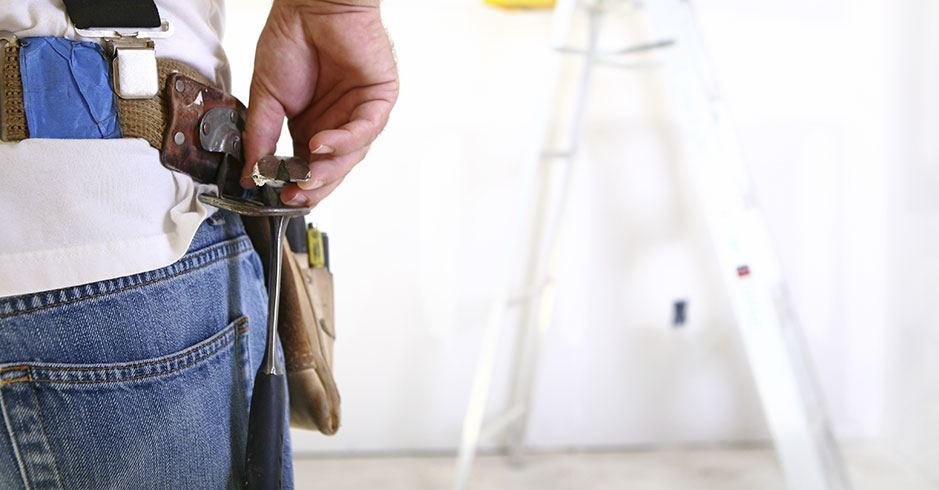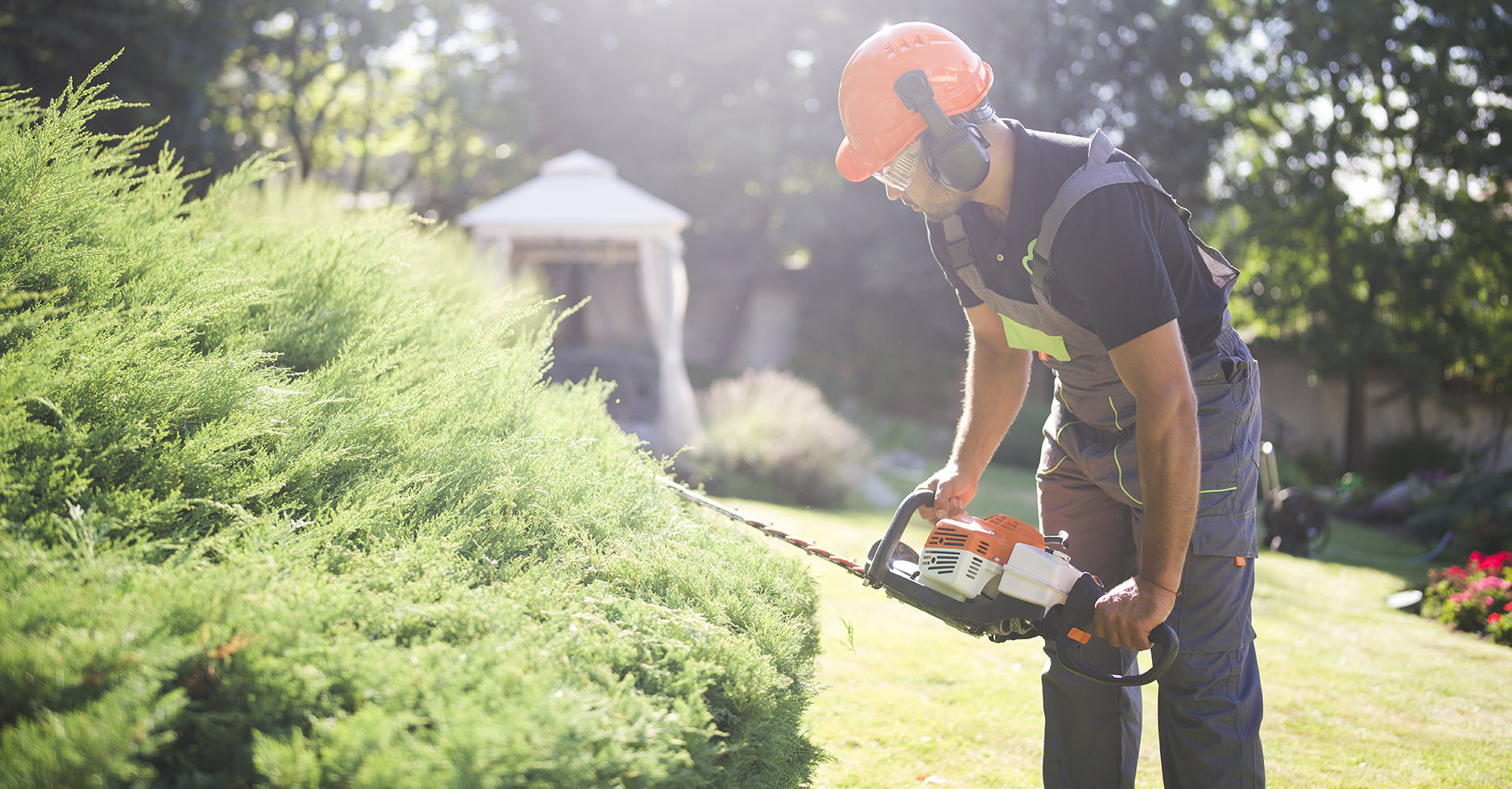One of the most important roles of a property manager is to ensure the condition…

How Much Do Landlords Need to Set Aside for Property Maintenance?
Maintenance is one of the largest ongoing costs associated with owning an investment property – but many first-time investors don’t factor it in before making a purchase.
Ensuring you can afford to maintain your investment from the outset can save you significant headaches down the line. And being able to respond to maintenance requests promptly and effectively can help you retain your tenants over the long term.
What are the most common types of property maintenance?
The amount of maintenance required will depend on the age of your property and the condition of its contents. But even a brand-new property with high-end appliances and fixtures will inevitably require regular maintenance, particularly in the following areas:
- Curtains and blinds
- Kitchen and laundry appliances
- Plumbing and water heating
- Surfaces (floors and countertops)
- Heating and air conditioning
- Paint and wallpaper.
If your property is older or in a run-down condition, you may also find yourself dealing with issues such as electrical wiring and loose fixtures (e.g. windows).
Using the 1% rule to budget for maintenance
There are several methods you can use to calculate the approximate cost of property maintenance. The most popular method is known as the ‘rule of thumb’ or the ‘1% rule’.
The 1% rule is based on the cost of maintaining a residential property for one year being equivalent to 1% of the dwelling’s value. If you own a $500,000 house, this means maintenance is estimated to cost $5,000 per year.
But there are a few caveats. Firstly, the 1% rule was originally intended for owner-occupiers, not investors. Some experts argue that renters are less careful than owner-occupiers and therefore more maintenance is required on rental properties.
Secondly, the 1% rule does not take into account the age and overall condition of your property. Some experts suggest that the rule works best for new properties in perfect condition, and that older or more run-down properties may require an allowance of 2%.
Also remember that this is a budgeting estimate tool. One year, you may only need to spend $500 on your property, while another year you might be spending up to $10,000.
Two other methods are sometimes used for rental properties: the ‘50% rule’ and the ‘5 x rule’.
According to the 50% rule, maintenance expenses are roughly equal to 50% of the gross income your property generates (e.g. $500 per month if the monthly rent is $1,000).
According to the 5 x rule, annual maintenance expenses are roughly equal to 1.5 x the gross monthly rent (e.g. $1,500 per year if the monthly rent is $1,000).
However, these two methods return very different results when applied to the same property, and both methods generally return lower results than the 1% rule. For these reasons, many experts discourage investors from using them.
Remember capital expenditure
The methods outlined above help estimate how much it will cost to keep a property in the condition it was purchased in.
However, many landlords elect to improve the condition of their properties in order to achieve higher rental returns and increase resale value. These improvements (e.g. laying new floorboards, installing air conditioning) are known as capital expenditure.
If you’re planning to make improvements, create a separate budget based on your investment goals and how much you can reasonably afford.
Why it’s better to be safe than sorry
Setting aside 1% or more of your property’s value every year for maintenance may seem excessive, but doing so greatly reduces the risk that you’ll encounter unexpected financial stress.
Remember: if you are unable to pay for required maintenance promptly, your tenant may become dissatisfied and, in extreme cases, vacate at short notice. If that happens, you may lose rental income, and you may need to pay re-letting costs.
Finally, bear in mind that the methods outlined above do not take into account property damage above and beyond reasonable wear and tear, property damage caused by extreme weather, or theft by exiting tenants.
To protect against these expenses, consider landlord insurance, which covers tenant damage and many other scenarios.
Disclaimer:
Insurance issued by AAI Limited ABN 48 005 297 807 AFSL 230859 trading as Terri Scheer. Read the Product Disclosure Statement before buying this insurance and consider whether it is right for you. Contact Terri Scheer on 1800 804 016 or visit our website at www.terrischeer.com.au for a copy. The Target Market Determination is also available.
The information is intended to be of a general nature only. Subject to any rights you may have under any law, we do not accept any legal responsibility for any loss or damage, including loss of business or profits or any other indirect loss, incurred as a result of reliance upon it – please make your own enquiries. This article has been prepared without taking into account your particular objectives, financial situation or needs, so you should consider whether it is appropriate for you before acting on it.







